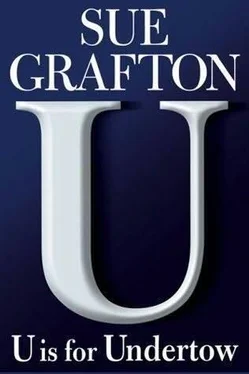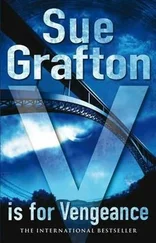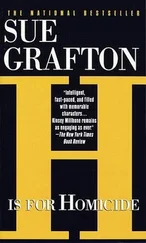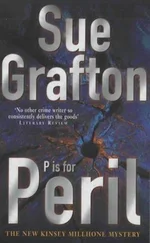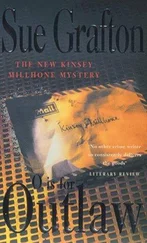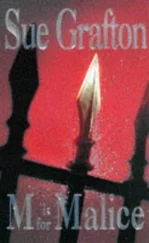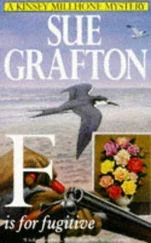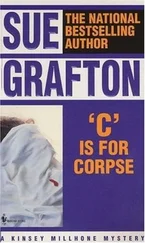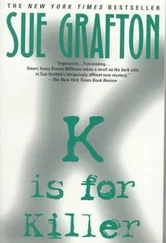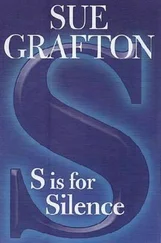Jon had a stack of Playboy magazines, dating back to the first of the year. The girls all had perfect bodies, but they seemed brainless to him. What difference did it make how big their tits were when the girls themselves were shallow, egotistical, and self-involved? Yeah, right. Like he’d really turn one down as unworthy of him. Since he didn’t have a prayer of meeting any of them in real life, he might as well enjoy the illusion of them as lush, sensual, and available. Leafing back through the January issue, he got sidetracked by a Ray Bradbury short story called “The Lost City of Mars” and after that, the second part of a new Len Deighton spy novel called An Expensive Place to Die. Now he’d seen two more writers with entirely different literary effects.
His first few stabs at fiction were erratic, prose that fell flat and ideas that died in half a page. The problem, as he saw it, was that he had nothing to draw on. He’d done a lot of reading, but he didn’t have firsthand experience at much of anything. The only job he’d had was the unpaid babysitting he’d done for the Amazing Mona. Weekends, he caddied at the club, but aside from the intelligence gleaned, it was mostly step-and-fetch-it stuff-cleaning club heads and humping golf bags up hill and down. He’d had no travel adventures, no athletic triumphs, no physical challenges to overcome. Well, the latter wasn’t quite true. He’d been a fat boy and he remembered how shitty that was. He thought it best to avoid stories about prowlers lest he seem too well informed.
He wrote part of a short story based on a notion he had about a kid contaminated by radiation, who turned into a zombie and infected his entire family before his dad shot him dead. He ran out of steam in the middle of that one because he couldn’t think where to go with it. He wrote a mawkish essay about loneliness that struck him as funny when he read it the next day-not quite what he was hoping to achieve. He wanted to write about a kid seduced by his tennis instructor, but that wasn’t exactly an area of expertise. The tennis pro at the club had put her hand over his once, showing him how the face of the racket should feel on contact with the ball, but that was as close to having sex as he’d come, so to speak.
The best part of writing, at least the best part of trying to write, was that it allowed him to spend time alone, tuned to the static in his head. Once in a while a line came through, like an unexpected message from the outer limits of the universe. He recorded those isolated images and phrases, wondering if one day there might be more. At the end of the week he didn’t have much to show for his time, but he gathered up what he’d done and stuck the sheaf of papers in a file folder that he handed to Mr. Snow, who said, “Have a seat.”
Jon sat down in the front row, looking on self-consciously while Mr. Snow went through his pages.
“What’s this about? You plagiarized Hemingway?”
“I typed a couple of chapters as warm-up. I tried Faulkner, too. You told me to bring everything so I did.”
Mr. Snow rolled his eyes and read on.
Jon watched his face, but he had no idea how his work was being received. When Mr. Snow was done, he straightened the pages, lined up the edges, put them in the folder, and handed it back.
He didn’t make a comment so Jon was finally forced to clear his throat and say, “So what do you think?”
“As a general rule, beginning, middle, and end are nice, but at least you kept at it. Go back and try something else.”
“Like what? I mean, I’m really having trouble coming up with stuff.”
“Fancy that.”
Jon went back to work. He wrote at night, usually until three, when he fell into bed. In the morning he slept late. At lunchtime he showered and dressed and headed over to Walker ’s house at the top of Bergstrom Hill, half a mile from his house. If he kept to the winding streets, the travel time was five minutes by scooter, but Jon found another route, skirting the Ravine along its easternmost edge, putt-putting along the bridle paths that formed a warren of meandering trails. It required his crossing one two-lane road, but there was scarcely ever any traffic. Late afternoons he’d spend forty minutes lifting free weights in Mona’s home gym and then do a long run of six or seven miles. After that he’d shower, put on his slippers and sweats, and sit down at his desk. For most meals he ate cold cereal or Top Ramen, which was all he could afford after the money he’d spent on furnishings.
Meanwhile, Walker was spending his summer vacation selling dope. His parents were clueless and didn’t seem to grasp the import of his frequent absences from the house or the unannounced visits from an assortment of friends whose names they were never told. In the fall Walker would start his freshman year at UCST. He had no interest in living at home, but he didn’t have the money to pay for off-campus digs. Even if he went in with five other guys, he’d be coming up short, dope money notwithstanding. Jon was in the same boat. Once Mona and the family returned, she’d make his continued residency dependent on his paying rent. Lionel would explain this was for his own good, a means of building character, not just a variation on Mona’s abuse. Jon could see he’d have to find a job and juggle work with classes at City College. Mr. Snow had a point about avoiding the draft.
Wednesday afternoon, April 13, 1988
Deborah Unruh agreed to meet me on the beach in front of the Edgewater Hotel. The spot she suggested was across from the hotel entrance, at the bottom of the concrete stairs that led down from the frontage road. It was a point she’d be passing in the course of her regular weekday walk, a loop that extended from her Montebello condominium to the wharf downtown. Avis Jent had called her on my behalf and after the preliminary chitchat, she’d summed up my mission as succinctly as I might have done in her place. Deborah didn’t seem to require much in the way of persuasion.
I arrived fifteen minutes early and parked on the narrow road that ran behind the hotel. I locked my shoulder bag in the trunk of my car and took a shortcut through the property. I crossed the frontage road and trotted down the stairs. A dense fog was rolling in, spreading a thick marine layer that blotted out the offshore islands, twenty-six miles away. The April air, mild to begin with, was changing its character. Erratic winds topped the waves, creating whitecaps in the chop. It was close to 3:00 by then, and I was already operating on sensory overload. I needed time to breathe and I hoped the bracing ocean air would clear my head. My usual morning jog didn’t bring me down this far. My circuit began and ended at the wharf, with its complicated history of good intentions gone wrong.
Coastal Santa Teresa, despite its many assets, wasn’t blessed with a natural harbor. Early trade by sea was inhibited because shipping companies, fearful of exposure to rough seas, were unwilling to risk their cargo when faced with the rocky shore. In 1872 a fifteen-hundred-foot wharf was finally constructed, allowing freighters and steamers to unload goods and passengers. Over the next fifty years, earthquakes, winter storms, and arsonists laid siege to the wharf, and while it was rebuilt time and time again, it failed to solve the problem of safe mooring for the swelling number of yachts and pleasure boats owned by its wealthy citizens and sometimes wealthier summer visitors.
In the early 1920s an informal engineering survey (which consisted of setting empty jugs and sacks of sawdust afloat at Horton Ravine beach and watching which way they drifted) indicated that locating an artificial harbor to the west of the town would be folly because prevailing currents would denude the beaches of sand and deposit it all directly into the proposed moorage basin, barring both ingress and egress. A $200,000 harbor bond issue was offered in support of this ill-conceived scheme, and voters approved the measure on May 4, 1927. Tons of rocks were barged from the islands and dumped just offshore, forming a thousand-foot breakwater. Thereafter, as predicted, 775 cubic yards of sand per day shifted to the inside aspect of the barrier, creating a sandbar of sufficient mass to choke the harbor entrance. It wasn’t long before the taxpayers were forced to buy a $250,000 dredge and a $127,000 tender in a perpetual effort to keep the harbor open, at an annual expenditure of $100,000. The sum has grown exponentially since then, with no permanent remedy in sight. All of this by way of improvement.
Читать дальше
